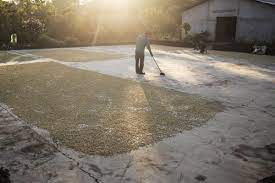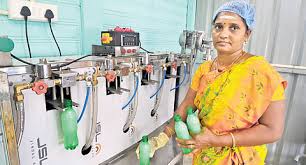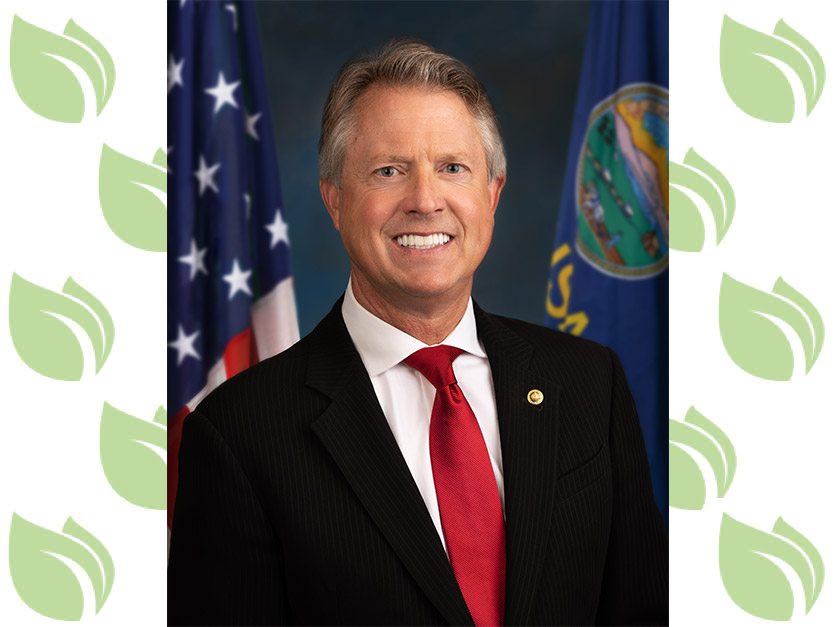
In Nicaragua, coffee farmers are slashing fertilizer purchases just to make ends meet. In Guatemala, growers are diluting nutrients to stretch scarce supplies. And in Costa Rica, producers are betting that their soil holds enough lingering nutrients to carry them through the next planting season.
_______________________________________________________________________
Read Also : Things You Can Do to Reduce Global Warming
________________________________________________________________________
Small-scale farmers in some of the world’s richest coffee-producing regions are struggling to find alternatives to counter soaring fertilizer costs that threaten their livelihoods, even considering desperate measures that could ultimately undermine a much-needed global rebound in supplies. Some are considering organic waste as a cheap substitute to nitrogen, phosphorous and potash fertilizers, even though such a move could significantly reduce yields.
Higher fertilizer prices add to the burden of rising costs of agricultural materials that are squeezing farmers as food inflation soars to new heights. Russia and neighboring Belarus are among the world’s top suppliers of crop nutrients, and the Russian invasion of Ukraine has only added to the global run-up caused by supply snags and output woes.
Prices for arabica, the high-end variety favored by coffee chains, have changed little this year, lagging escalating fuel and fertilizer prices. The Green Markets North American Fertilizer Index has jumped 30% this year to a record, while an index for potash in Brazil has also hit new highs after surging 36% since January. With coffee prices lagging the costs of such key agricultural inputs, smaller coffee producers have become particularly vulnerable.
_______________________________________________________________________
Read Also : Worst mass extinction event in Earth’s history was caused by global warming analogous to...
________________________________________________________________________
“The situation represents a mega emergency for our members,” said Fatima Ismael, general manager of the Nicaraguan coffee cooperative Soppexcca in Jinotega.
The co-op has 650 small growers, with more than a third of them women — many are single mothers. Members typically buy about 800 tons of fertilizer each year, which helps them grow enough coffee beans to produce nearly 17,000 bags. A bag equals 60 kilograms (132 pounds). Soppexcca now expects its nutrient purchases to be cut in half.
The co-op has a program to help women develop orchards as a supplement to feed their families and sell excess production at local markets, but that’s at risk with costs for crop inputs and fuel more than doubling since last year.
“This is a big setback for our strategies,” Ismael said. “Producers are very anxious, there’s a lot of uncertainty.”
Guatemalan growers are considering tapping organic compost materials — including chicken manure, household waste and coffee-cherry pulp — to cut back on fertilizers, according to Juan Luis Barrios, a grower and president of the country’s National Coffee Association. Others are considering the use of faster-acting water soluble nutrients, which may have smaller economic benefits and outcomes that vary from grower to grower, he said.
Costa Rica’s coffee industry is scrutinizing soil content in the main producing regions in hopes of reducing the need to apply nutrients on the ground, according to Xinia Chaves, executive director of the Costa Rican Coffee Institute. Even so, insufficient inputs will reduce some growers’ yields and their competitiveness while raising the odds for plant disease that thrives in tropical climates, she said.
Soaring costs are inflicting “a mental and economic blow to everybody,” said Rodrigo Vargas, president of Doka Estate in Costa Rica. His company needs 1,400 tons of fertilizer to produce about 40,000 bags of coffee each year. He mixes seven components together for his fertilizer, which he applies four times a year. The price for his formula has doubled since last year, so he’s now considering a less complicated mix, even though he knows it could hurt yields.
_______________________________________________________________________
Read Also : Mushroom That Eats Plastic May Help in Fight Against Plastic Waste
_______________________________________________________________________
While global coffee prices have increased 86% in the past two years, adverse weather and higher shipping costs have kept margins for many smaller farmers under pressure. Some international traders who normally ship in containers have turned to bulk vessels with the boxes hard to find.
The coffee market will start to panic by the third quarter, according to Christian Wolthers, who runs a Florida-based importer and has representatives across Latin America. Brazil, the top coffee grower and biggest importer of crop nutrients, only has enough fertilizer supply for three to six months, he said.
Global coffee production will fall 2.1% to 167.2 million bags for the current marketing year, pulled down by a 7.1% decline in arabica beans, according to the latest outlook from the International Coffee Organization.
NOTE – This article was originally published in Bloomberg and can be viewed here
Tags: ##climates, #agricultural, #agriculture, #coffeefarmers, #farmers, #farming, #fertilizer, #getgreengetgrowing, #gngagritech, #greenstories, #planting







